Peru Dog Training
I love the success stories that come in. I especially enjoyed this recent one as it came in from a different corner of the world, Peru. Most of the dog training DVDs we sell go out to the United States, Canada, UK, and Australia. It was a pleasure, recently, to see our DVDs head down to South America.
Allow me to share a bit of the story of Alvaro.
Just a couple weeks ago I got an email from him saying-
“Señor Brown,
Se que hablas un poco de español, asi que espero no tengas ningún problema con este mail.
La Oli, mi enamorada y yo queríamos agradecerte por la ayuda que nos brindaste con tus videos. Adquirimos Curing Dog Aggression y hemos estado trabajando por 2 meses con Oli y hemos hecho grandes progresos. Todavía falta pulir algunas cosas, pero la mejora es increíble… nunca pense que podría llevarla a la playa rodeada de gente y que se quedara tranquila en su sitio (foto adjunta).
Creo que el mayor problema de la perra es que todo le da miedo y antes de racionalizar lo que esta pasando se lanza… sobre todo con gente y perros. Su dosis de adrenalina es mas importante que cualquier cosa. Con tu método de obediencia hemos logrado que procese su miedo de una forma mas pasiva y ha empezado a darse cuenta que sus miedos son infundados. Es una batalla constante (la adrenalina es una gran adversaria) pero con cada error que Oli comete es una oportunidad para corregirla y mejorar.
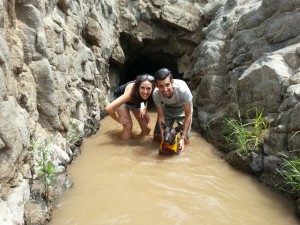 En tus videos no hablas mucho sobre perros adrenalizados, pero escuche el programa de radio que hiciste con otro entrenador y fue de mucha ayuda. Si tuvieras mas tips sobre el tema sería grandioso.
En tus videos no hablas mucho sobre perros adrenalizados, pero escuche el programa de radio que hiciste con otro entrenador y fue de mucha ayuda. Si tuvieras mas tips sobre el tema sería grandioso.
Muchas gracias y saludos,
Alvaro”
Translated this means:
Mr. Brown,
I know you speak some Spanish so I hope you won’t have a problem with this email.
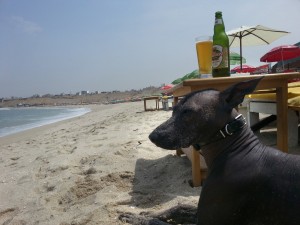 Oli, my beloved dog, and I want to thank you for your help you gave us with your videos. We bought Curing Dog Aggression we’ve been working with Oli for 2 months and we’ve had huge progress. We still need to polish some things but the improvement is incredible. I never thought I could take her to the beach and have her surrounded by people and that she’s stay calmly in her spot (photo attached).
Oli, my beloved dog, and I want to thank you for your help you gave us with your videos. We bought Curing Dog Aggression we’ve been working with Oli for 2 months and we’ve had huge progress. We still need to polish some things but the improvement is incredible. I never thought I could take her to the beach and have her surrounded by people and that she’s stay calmly in her spot (photo attached).
I think the biggest problem is that everything makes her afraid and before rationalizing what’s going on she lunges…mostly with people and dogs. Her adrenaline dosis is more important than anything else. With your method of obedience we’ve achieved that she processes her fear in a passive form and she’s begun to realize that her fears are unfounded. It is a constant battle (the adrenaline is a big adversary) but every error that Oli commits is an opportunity to correct and improve.
En your videos you don’t speak much about adrenalized dogs but I listened to your podcast that you did with the other trainer and it was very helpful. If you had more tips that would be wonderful.
Thank you very much,
Alvaro
My response was to make a quick video over at my Spanish language dog training site. The gist of my advice was that he needed to focus on control exercises. Training exercises like training a dog to walk on a loose leash and training a dog to come when called serve a huge function in getting a dog to pay attention to you rather than the pay attention to the dogs and people who the dog is normally aggressive towards.
I was thrilled that just a short time later Alvaro sent me some pictures of a recent outing that he went on with about 40 other dogs and their owners.
Where just a few months prior his dog was acting aggressively to people and dogs now he was able to go on a big excursion with plenty of distractions.
He sent me some pictures through Facebook with the following note:
Ty Brown, 2 meses después de empezar el programa logramos una calatita con increíble confianza en si misma, enfocada en “trabajar” y feliz de estar rodeada de gente y perros!! Un exito!!
Which means;
 Ty Brown, 2 months after starting the program we achieved a little pup with incredible confidence in herself, focused on ‘working’ and happy to be surrounded by people and dogs!! Success!!
Ty Brown, 2 months after starting the program we achieved a little pup with incredible confidence in herself, focused on ‘working’ and happy to be surrounded by people and dogs!! Success!!
The cynic in you is probably saying; you’re only sharing this in order to toot your own horn, sell more of your DVDs, etc.
To that I would say…
YOU’RE RIGHT!
Okay, only partially right. Yes, I absolutely share these stories so that other people see them and want to buy my products. I’ve got a family to feed and am not ashamed of being a businessman.
But in all seriousness I love seeing success stories like this. I know there are many people, perhaps you reading this, who have that aggressive dog or destructive dog or problematic dog and think there may be no hope. You may be wondering if there is anything you can do.
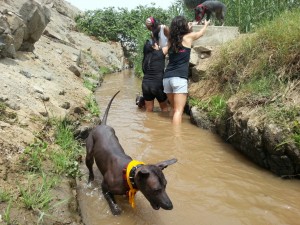 To those people I want to tell them, yes, you can see huge progress in your dog if you just take the time to learn HOW to train your dog and then you stick with the program.
To those people I want to tell them, yes, you can see huge progress in your dog if you just take the time to learn HOW to train your dog and then you stick with the program.
Along that note, I decided yesterday to start a page where I’ll be sharing more and more of these success stories. Check it out here. I’d love to include you on there. Please let us know how we can be a part of your dog’s success story.
By the way, Alvaro, what kind of dog is that? I’ve never seen such a large, hairless dog!
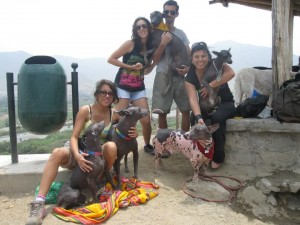
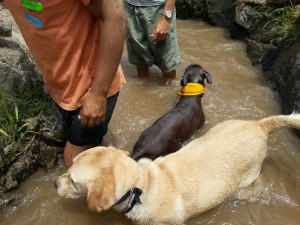
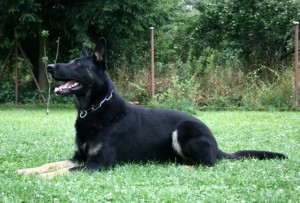
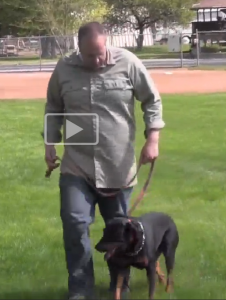

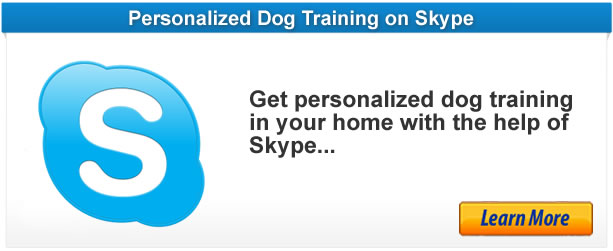




Follow Us!